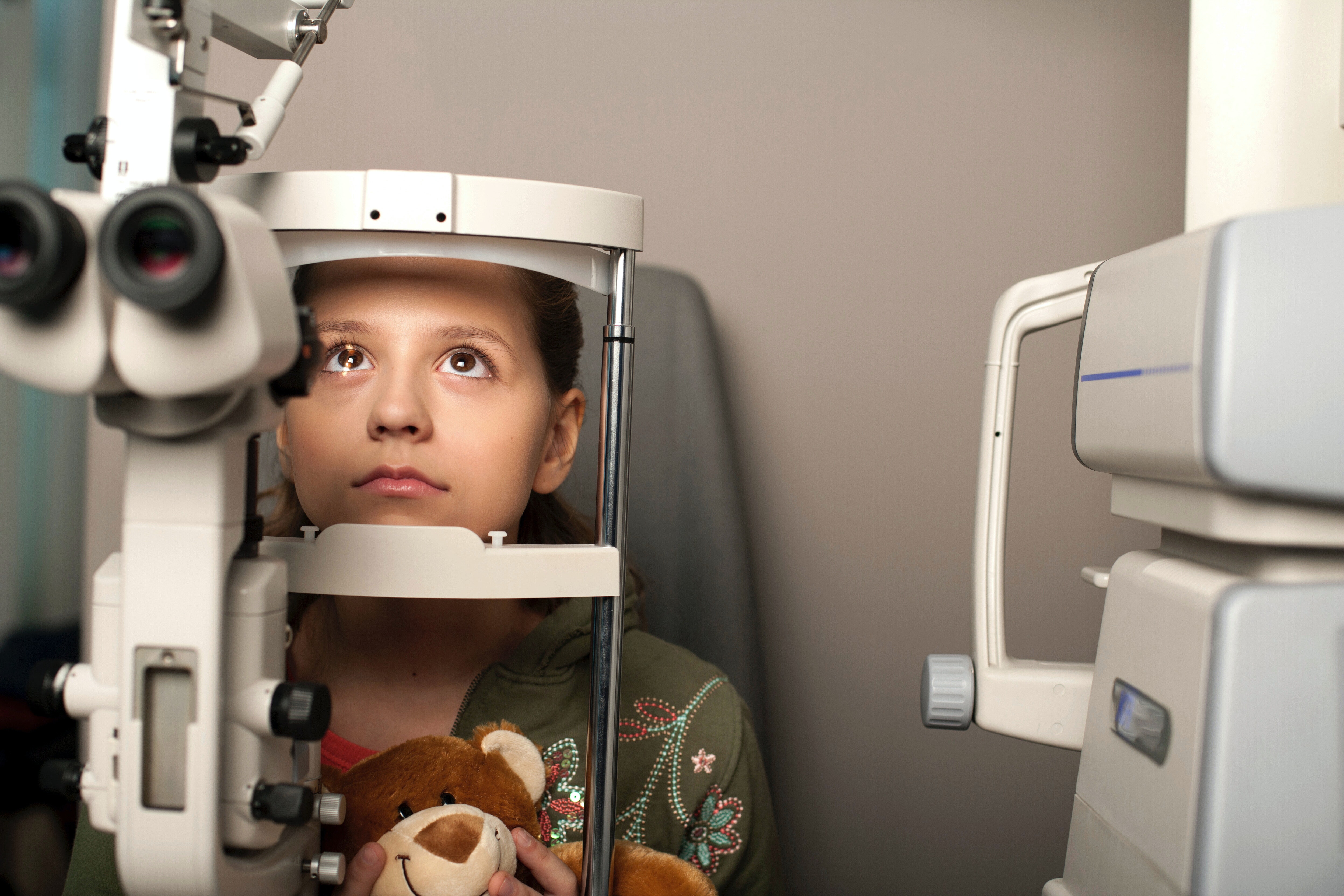Eye of the Beholder: How Robotics in Healthcare Improves Eye Care Accessibility

Image Source: Pexels
Technology is advancing at a rapid pace, and impacting nearly every industry along the way. However, perhaps no industry has benefited more from technological advancements than healthcare.
Tech has improved healthcare access across the board, but it’s been especially effective in eye care accessibility and vision-related treatments.
At first glance (no pun intended), vision care might not seem as important as other types of preventative medicine. That’s likely why 65% of Americans don’t realize there’s a significant lack of access to vision care in our country. But, that lack of care can lead to serious vision problems and diseases that can severely deflate a person’s quality of life.
With that in mind, let’s take a look at how technology – specifically robotics – is improving eye care accessibility and what it means for the future.
The Doctor-Patient Connection
Technology is improving access to eye care before you even set foot in a doctor’s office. Nowadays, advancements have been made that allow customers/patients with different accessibility needs to make appointments, connect with medical professionals, and even receive treatment and advice without having to leave home.
That starts with doctors optimizing their websites for accessibility. If you’re a healthcare professional, meeting digital accessibility standards should be a top priority. Your website is often the first place new patients will look to learn more about you, and the last thing you want is to make a negative first impression by making it difficult to navigate. Some of the best ways to boost accessibility on a website include:
- Text with color contrast
- Alt text behind your images
- Headings
- Zoom capacity
- Video captions
These factors, put in place by the ADA, will help to make your website compliant. If you’re an eye doctor, creating a site that is easily accessible to the vision impaired will give potential patients a positive interaction and experience. That can boost their confidence and their comfort levels, and they might be more likely to make an appointment.
Robotic Eye Exams
Where do robotics come into the eye care world? For starters, they’re making basic eye exams more accessible to everyone. Recently, the robotics team from Duke University unveiled their robotic arm that uses optical coherence tomography (OCT). The arm conducts non-invasive imaging tests using light waves. It’s able to take cross-section pictures of the retina and can send the images anywhere.
What does that mean for accessibility?
Because the robotic arm can operate independently, it can be used almost anywhere. For people in rural communities or those who might not typically have access to care, bringing these robots into medical facilities or even clinics can help people receive eye exams without having to specifically travel to an eye doctor. They can utilize the robot’s tracking scanner to get a quick exam, have the results sent to an eye doctor, and work with that doctor via telehealth to come up with a treatment or vision maintenance plan.
Artificial intelligence may also soon take over the way we all experience medical exams. It’s already improving eye care with:
- Diagnostics
- Explanations behind different diagnoses
- Taking over repetitive tasks
- Solutions that can detect glaucoma and other diseases
As technology continues to move forward, we’ll see AI and robots become more like partners with doctors across the world. Not only will it make life easier for the healthcare industry and reduce human error, but it will continue to make basic care more accessible to people across the world.
Robots in Surgery
At first, the idea of a robot performing surgery might not sound so appealing. But, it’s already been happening in many areas of the healthcare industry. Doctors use robotic arms to help with long, delicate surgeries to improve accuracy and fight fatigue.
In the vision world, one of the most impressive ways robotics are being used is for LASIK treatment.
Some practices across the world are already using robots to improve their laser eye surgery procedures. The benefits include a faster procedure, better accuracy, and a reduced risk of human error. Plus, you won’t feel a thing during the procedure.
LASIK surgery is really only the beginning when it comes to how robots are currently being used and how they will continue to advance in the surgical field. On a larger scale, they can be used to remove cataracts and help with other less-invasive vision problems. These advanced techniques will make it easier for people to have access to the vision care they need and deserve no matter where they are.
As robotics continue to improve eye care accessibility, more people will also likely become aware of the need for vision care. Whether it’s simple exams or sight-saving surgery, robots can be utilized almost anywhere, and information can be sent to ophthalmologists who can connect with patients digitally. There’s no question that robotics is the future of the healthcare industry, and the more practices that are willing to utilize technology, AI, and robots, the easier it will be for people in underserved or isolated areas to start taking better care of their vision through appointments, exams, and procedures.
Thanks for helping to keep our community civil!
This post is an advertisement, or vandalism. It is not useful or relevant to the current topic.
You flagged this as spam. Undo flag.Flag Post


